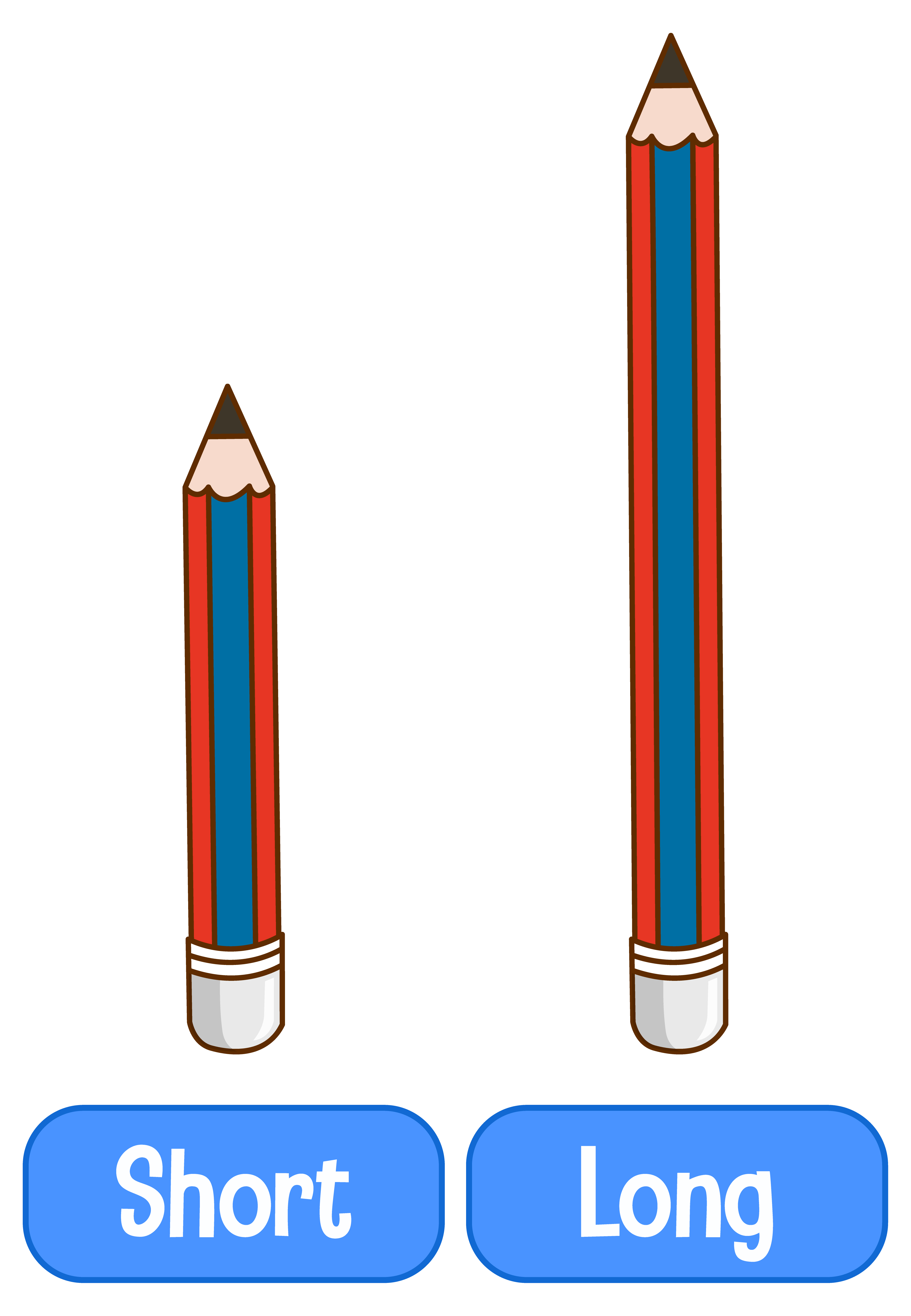How Long Is Death Penalty: Understanding Time On Death Row And Its History
Detail Author:
- Name : Mr. Myles Reynolds PhD
- Username : yfisher
- Email : sreilly@yahoo.com
- Birthdate : 1987-06-09
- Address : 4259 Jazlyn Oval Suite 122 Swiftville, OK 29410-0358
- Phone : +1-959-609-8601
- Company : Green Ltd
- Job : Manager Tactical Operations
- Bio : Similique nam quidem aut aut neque. Dolor commodi et dicta tempora hic ipsam.
Socials
tiktok:
- url : https://tiktok.com/@jannie_wolff
- username : jannie_wolff
- bio : Culpa quo et aut tenetur dolorem distinctio quis.
- followers : 933
- following : 2899
instagram:
- url : https://instagram.com/wolff1971
- username : wolff1971
- bio : Quidem fugiat amet tempora fuga numquam. Aperiam aut nulla quo repellat quo velit in.
- followers : 4268
- following : 2715
linkedin:
- url : https://linkedin.com/in/jannie_dev
- username : jannie_dev
- bio : Neque explicabo aut sint.
- followers : 1884
- following : 1565
When people ask, "how long is death penalty," they are often thinking about more than just the execution itself. They might be wondering about the long, drawn-out process that can take years, even decades, before an execution happens. It's a question that touches on the very core of our justice system, and it has a pretty complex answer, too. This practice, with its deep historical roots, has changed quite a bit over the centuries, and its timeline is anything but simple.
Figuring out the actual time someone spends facing this ultimate punishment involves looking at many different parts of the legal system. From the moment a person gets a death sentence to the very end, there are so many steps, so many appeals, and so many legal challenges that can stretch things out. So, while the act of execution might be quick, the journey to that point is, in fact, incredibly long for most people, and it's a topic that brings up a lot of thoughts for many.
We'll explore what "how long is death penalty" truly means, from the ancient beginnings of capital punishment to the current situation in the United States. We'll look at the typical time people spend on death row, the legal reasons for these delays, and how the practice has changed over the years. This discussion will, you know, shed some light on a very serious part of our legal history and present.
Table of Contents
- What Does "How Long is Death Penalty" Really Mean?
- A Look Back: The Long History of Capital Punishment
- The Current Picture: States, Sentences, and Statistics
- Why Does it Take So Long? Factors Affecting Death Row Stays
- The Federal System and Its Reach
- Global Perspective: A Shifting Practice
- What's Next for Capital Punishment?
- Frequently Asked Questions (FAQs)
- Conclusion
What Does "How Long is Death Penalty" Really Mean?
When someone asks about the length of the death penalty, they are usually curious about the time a person spends on what's known as death row. This isn't just a quick process; it typically involves a very long wait between the time a sentence is given and any execution. So, it's not just about the final act, but about the many years that come before it, which is something many people don't fully realize.
The Waiting Game: Years on Death Row
For most people who receive a death sentence, the wait on death row can be quite extensive. It's not uncommon for individuals to spend more than a decade there before they are either cleared of charges or executed. Some prisoners, in fact, have been on death row for well over 20 years, which is a really long time, as you can imagine. This extended period is a defining characteristic of the death penalty system in the United States.
The reasons for these lengthy stays are varied, but they often involve complex legal steps and appeals. A person's journey through the justice system, after getting a death sentence, is often filled with many chances to challenge the conviction or the sentence itself. This means that the "how long" question isn't just about a number, but about a whole series of legal actions that can stretch out over a very long time, sometimes decades.
No Single Answer for Time Served
It's important to understand that there is no accurate measure that gives a single, fixed length of time for how long someone spends on death row. Some inmates are executed within just a few years of receiving their death sentence, which is relatively quick in this context. However, others, quite differently, languish on death row for multiple decades before their executions are carried out. This variability means that the answer to "how long is death penalty" is never a simple number, and it depends a lot on individual cases and the state where the sentence was given.
This wide range in time frames shows just how unpredictable the path can be for someone facing this punishment. The legal system, you know, has many different ways things can play out, and each case has its own unique set of circumstances. So, while we can talk about averages, the reality for any single person can be very different, sometimes much shorter, sometimes much longer.
A Look Back: The Long History of Capital Punishment
To truly grasp the concept of "how long is death penalty," we need to look at its deep historical roots. This practice isn't new at all; it has been around for a very, very long time, dating back to some of the earliest recorded legal systems. It's a history that shows how societies have dealt with serious crimes over many, many centuries, and it's quite a winding story.
Ancient Roots and Early American Practices
The first established death penalty laws date as far back as the eighteenth century B.C. A prime example is the Code of King Hammurabi of Babylon, which codified the death penalty for 25 different crimes. This shows that from the very beginning of time, the death penalty has been enacted in various forms across different cultures. It's a practice that, you know, has been a part of human justice for millennia.
Moving forward, in the American colonies, legal executions took place as early as 1608. Since that time, it is estimated that over 15,000 individuals have been executed in the United States for capital offenses. This long history in America reflects a period where capital punishment was much more commonly practiced, and it was a very visible part of the legal system, too. It's quite a significant number when you think about it.
Reinstatement and Changing Methods
The history of the death penalty in the United States is also marked by periods of change and even temporary abolition. After being temporarily abolished from 1972 until 1976 by the US Supreme Court, the death penalty was reinstated. Since 1976, states have executed 1,610 people, which is a considerable number, isn't it? This period of reinstatement brought new discussions about its use and methods.
A significant shift in how executions are carried out happened around 1977, when Oklahoma became the first state to adopt lethal injection as a method. Today, all states with the death penalty use lethal injection as their primary method. Some states, however, allow one of these other methods as an option, which is a little different. This evolution in methods shows a movement towards what some see as more humane ways of carrying out sentences, though the practice itself remains highly debated.
The Current Picture: States, Sentences, and Statistics
Understanding "how long is death penalty" also means looking at its current state in the United States. The landscape of capital punishment today is quite complex and, you know, rather divided, as highlighted by experts in the field. It's not a uniform practice across the country, and the numbers tell an interesting story about its application.
Who is on Death Row Today?
As of January 1, 2025, there are 2,092 people on death row in the United States. This number gives us a clear picture of the sheer volume of individuals currently awaiting execution. In recent years, there has been an average of one death sentence for every 200 murder convictions in the United States, which suggests that it's a punishment reserved for a very small fraction of serious cases, comparatively speaking.
This statistic shows that while murder convictions are sadly common, death sentences are actually quite rare. It also means that the question of "how long is death penalty" applies to a specific, though still large, group of people within the justice system. The people on death row represent a wide range of cases and circumstances, each with their own story and, you know, their own timeline within the system.
Where Does it Still Happen?
At the present time, 37 states and the federal government have statutes authorizing capital punishment. This means that while many states have abolished or limited the death penalty over time, a significant number still maintain it. Some states, like Texas and Florida, continue to apply it more frequently than others, which shows a regional difference in its use, too.
Alabama, for instance, has had the highest per capita rate of death sentences. This is because Alabama was one of the few states that allowed judges to override a jury recommendation in favor of life imprisonment, a possibility it removed in March. This change, you know, points to ongoing adjustments in how states approach capital punishment, even in places where it's still widely used.
The Method of Execution
As mentioned earlier, today, all states with the death penalty use lethal injection as their primary method. This has become the standard, moving away from older, more varied methods that were once common. While lethal injection is the main way, some states, however, allow one of these other methods as an option, which is a bit of a historical nod, perhaps. This standardization of method doesn't, you know, change the length of time on death row, but it does reflect a modern approach to the actual carrying out of the sentence.
The shift to lethal injection is a notable part of the modern history of the death penalty. It shows how the practice has adapted over time, even as debates about its fairness and effectiveness continue. The method of execution is just one piece of the puzzle when we consider the entire timeline of "how long is death penalty" from sentence to final act.
Why Does it Take So Long? Factors Affecting Death Row Stays
The most pressing part of "how long is death penalty" often comes down to why people spend so many years, sometimes even decades, on death row. It's not a simple answer, and it involves a lot of moving parts within the legal system. There are, you know, many reasons for these extended stays, and they are quite important to understand.
Legal Processes and Appeals
A primary reason for the extended time on death row is the lengthy and complex appeals process. Once a death sentence is handed down, the convicted individual has many opportunities to appeal their conviction and sentence through various courts. These appeals can challenge legal errors, new evidence, or even the constitutionality of the sentence itself. This process, frankly, can take many, many years to unfold.
Each level of appeal, from state courts to federal courts, adds significant time to the overall process. Lawyers work to ensure that all legal avenues are explored, which is, you know, a very thorough approach. This commitment to due process, while crucial for fairness, inherently extends the timeline, making the answer to "how long is death penalty" a matter of years, not months.
Exonerations and System Criticisms
Another factor contributing to the long stays on death row is the possibility of exoneration. Many people on death row have been found innocent after years of appeals and new investigations. This shows the importance of a thorough, albeit lengthy, review process. The criminal justice system in the United States has been increasingly criticized, and this includes concerns about wrongful convictions, too.
The time spent on death row allows for these reviews, which sometimes lead to a person being cleared of all charges. This possibility highlights a key reason why the system moves slowly, as it aims to prevent irreversible errors. So, the extended duration is, in a way, a safeguard, even if it means a very long wait for those involved.
The Federal System and Its Reach
Beyond state laws, the federal government also plays a role in the death penalty. In the United States, the federal death penalty was first legislated by Congress in 1790. This means that capital punishment has been a part of federal law for a very long time, almost since the country's beginning. It's a distinct part of the overall picture of "how long is death penalty" in America.
After being temporarily abolished from 1972 until 1976, just like the state systems, it now covers approximately sixty crimes. This expansion of federal capital crimes means that a range of serious offenses, often those crossing state lines or involving federal interests, can result in a death sentence. The federal system, too, has its own appeals process, which can contribute to lengthy stays on death row for those convicted under federal law.
Global Perspective: A Shifting Practice
While we focus on "how long is death penalty" in the US, it's helpful to remember that this practice is seen differently around the world. Once commonly practiced throughout the world, the death penalty has been abolished in most countries. This global trend shows a significant shift in how societies view and apply this ultimate punishment, which is a big change, really.
Yet, there are still many countries that employ this form of punishment. However, throughout history, it has decreased more and more until today the world has the least number of countries using it. This global perspective helps us understand that the American approach is part of a wider, changing conversation about justice and punishment. It also shows that the question of "how long has this practice been around?" applies on a global scale, with its history stretching back thousands of years.
What's Next for Capital Punishment?
The discussion around "how long is death penalty" also touches on its future. In 2023, the death penalty landscape in the United States remained complex and divided, as highlighted by experts like DPF board member Ed Redlich. This suggests that the practice is still very much a topic of debate and change, and its future is not entirely set, you know.
The number of death sentences and executions has fluctuated over time, reflecting changes in public opinion, legal challenges, and legislative actions. While some states continue to actively pursue capital punishment, others have moved away from it. This ongoing evolution means that the "how long" question might also change in its context, as the practice itself continues to adapt and be re-evaluated within the justice system.
Frequently Asked Questions (FAQs)
Here are some common questions people often ask about the death penalty and its timeline:
How long do people typically spend on death row?
People typically spend more than a decade on death row prior to exoneration or execution. Some prisoners have been on death row for well over 20 years, which is a very long time, as you can see. The exact length can vary greatly depending on the specific case and the state's legal processes, too.
When was the death penalty reinstated in the US?
The death penalty was reinstated by the US Supreme Court in 1976, after being temporarily abolished from 1972. Since that time, states have executed 1,610 people, which gives you an idea of the activity since then. This marked a significant return of capital punishment after a brief pause.
What is the oldest known law about the death penalty?
The first established death penalty laws date as far back as the eighteenth century B.C. A prime example is the Code of King Hammurabi of Babylon, which codified the death penalty for 25 different crimes. This shows just how ancient the practice is, really, and how long it's been a part of legal systems.
Conclusion
The question of "how long is death penalty" goes far beyond a simple number. It brings together a long history, complex legal processes, and the very real human experiences of those involved. From ancient codes to modern lethal injection, the practice has evolved, yet the extended time spent on death row remains a defining characteristic for many. The average wait is often more than a decade, with some individuals waiting for multiple decades, reflecting a system built on lengthy appeals and careful reviews.
As we consider the current numbers—over 2,000 people on death row as of January 2025, and 1,610 executions since 1976—it's clear this is a practice with significant impact. While it has decreased globally, the death penalty continues in many US states and at the federal level, with its landscape remaining divided and subject to ongoing discussion. To learn more about the history of legal punishment on our site, and link to this page capital punishment facts.

Short Vs. Long Vowels Anchor Chart - Etsy

Short E Long E

Two pencil short and long design Royalty Free Vector Image